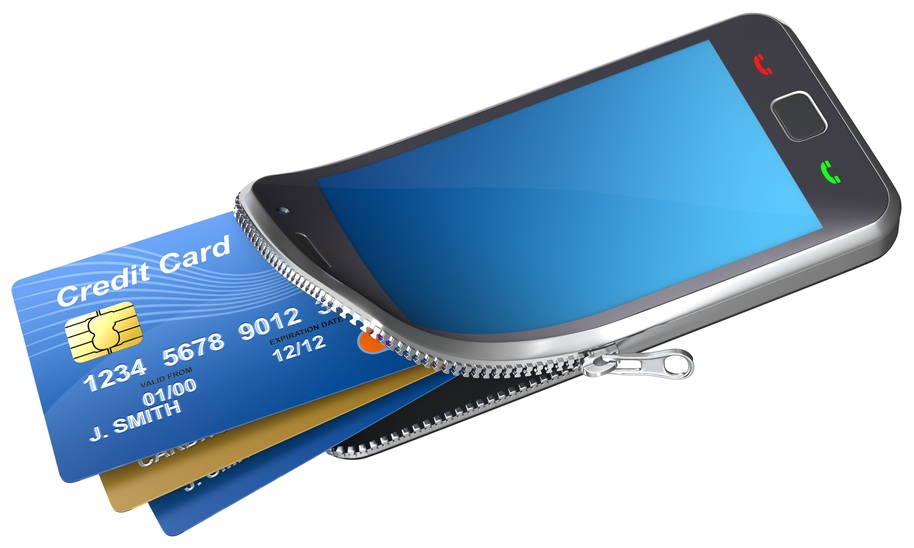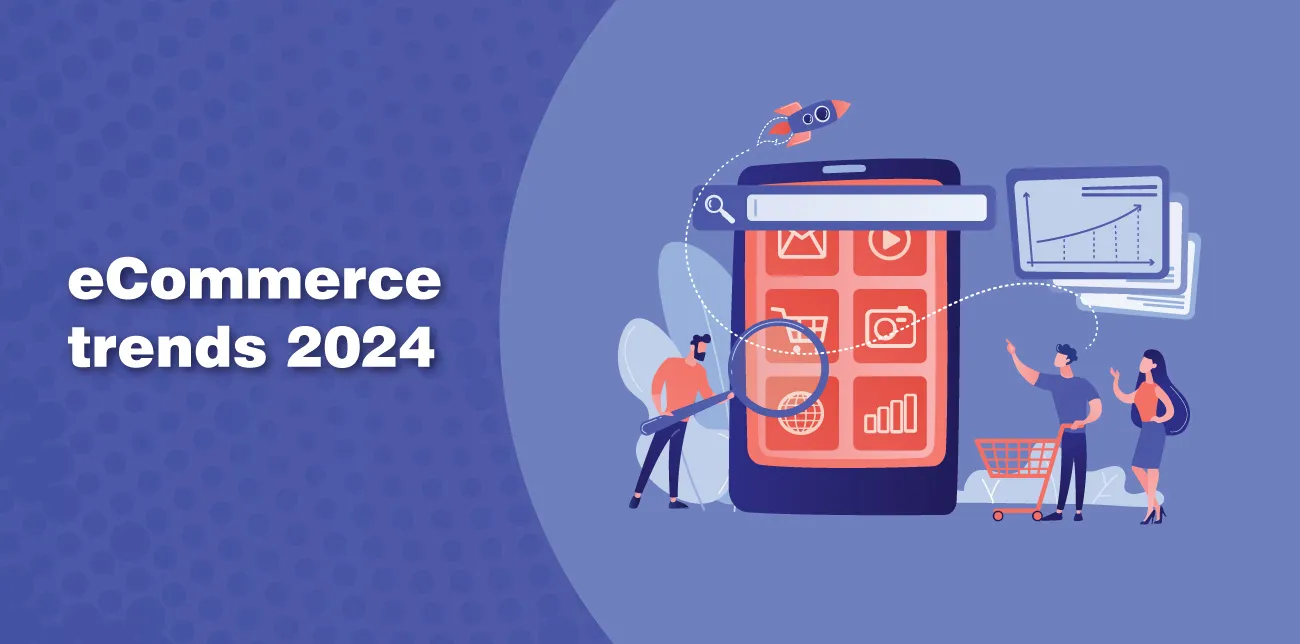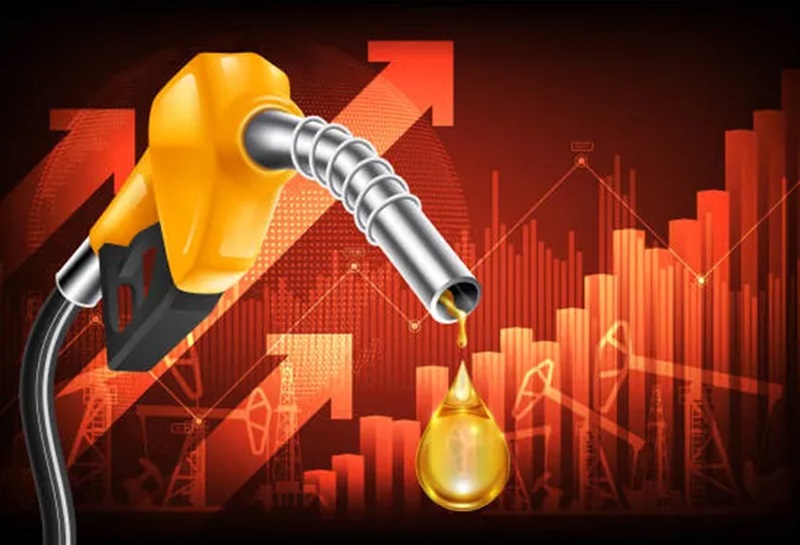Leading mobile payment platforms have transformed the way we transact daily. But, ever stopped to wonder which ones stack up best in your digital wallet? Look no further; I’m here to dissect and judge the best of the best. From user base size to cutting-edge security features, each titan brings something unique to the table. Say goodbye to guesswork and hello to informed choices that ensure your digital spending is smooth, secure, and savvy. Let’s dive into the digital payment battle and find out which platform will emerge as your top pick for tapping and paying with ease. Ready to rethink the way you pay? Here’s the breakdown that’ll guide your swipe, tap, or click.
Unveiling the Titans of Mobile Payments
Examining the User Base and Market Share
Let’s talk about the giants in mobile payments. You might wonder, who’s really winning the race? Well, big names like Apple Pay, Google Pay, and Samsung Pay often come to mind. These smartphone wallet apps are all jockeying for the top position, and there’s a good reason for that. Each brings its own set of perks to the table, captivating millions.
Apple Pay users enjoy its simplicity and security. On the flip side, Google Pay boasts about its market share and compatibility with Android devices, which are used worldwide. Samsung Pay isn’t left out of the fun; it offers some unique features that others don’t.
The mobile payment systems’ popularity is soaring because we all love a quick tap-and-go. It’s not just a fancy trend but a growing shift in how we handle money daily.
Comparative Features: Security and Accessibility
When we look at what matters, security tops the list. No one wants to lose their hard-earned cash. Apple Pay, Google Pay, and Samsung Pay—all these apps have payment security measures as their shield. They use tech like NFC payment technology for those quick taps at the store.
Next up, let’s talk about biometric authentication in payments. Your fingerprint or face can approve purchases now. How cool is that? It’s not just cool, it’s secure, making it tougher for bad folks to mess with your money.
But hey, it’s not all about paying at the store. Peer-to-peer payment services are heating up too. Apps like Venmo and PayPal mobile let you send money to friends without breaking a sweat. And then there are QR code payments, which are as simple as snapping a picture.
The rise of fintech innovation in payments means we’re always seeing new features that make things easier and safer for us. This includes making payments across borders and even handling money in different currencies.
To wrap it up, mobile payment user experience is what keeps us coming back. Whether it’s for e-commerce and m-payments, or just paying back a friend, these platforms are fighting to be the simplest, fastest, and safest in our digital wallet. That’s how mobile pay in retail and beyond is skyrocketing. It’s all about making our lives a little more hassle-free.
So there you have it—security, accessibility, and innovation are the name of the game in the world of mobile payments. With each update, these platforms are not just changing how we spend; they’re also shaping our spending habits. And that’s what keeps pushing them to the forefront of the digital wallet scene.
The Technology Behind Tap and Pay
From NFC to EMV: A Technical Insight
When you tap your phone at the checkout, magic happens. Your payment is made in seconds. It’s due to NFC, which stands for near field communication. This tech lets two devices talk when they’re close. If your phone has NFC, it can make payments quick with a tap.
NFC is part of many smartphone wallet apps. These apps like Apple Pay, Google Pay, and Samsung Pay, use NFC. The payment is secure because of a special chip. This chip is called EMV, which is short for a group of companies: Europay, MasterCard, and Visa.
What makes EMV special? Each time you pay, it creates a unique code. This is good because even if someone gets the code, they can’t use it again. Plus, you don’t have to swipe your card. So, your card number stays safe. This is why NFC payment tech is a big part of mobile payment systems’ popularity.
The Role of Biometrics and QR Codes in Enhancing Security
Now, let’s talk about keeping your money safe. We use biometric authentication in payments. Things like your fingerprint, your face, or your eye pattern keep your wallet safe. When you add this to your digital wallet, no one else can use it. It’s like having a super-advanced lock that only opens for you.
But there’s more. QR code payments are on the rise too. You might have seen these square codes. You scan them with your phone’s camera, and it’s another way to pay without using your card. It’s fast and works well for peer-to-peer payment services like Venmo or PayPal mobile.
QR codes are helpful because they can hold lots of info in a small space. And just like NFC, they make paying fast and easy. This means people love using them, leading to more digital wallet trends moving this way.
Both NFC and QR codes are changing how we buy things. The goal is to make checkout lines faster, paying easier, and keeping your cash safer. Fintech innovation in payments keeps giving us tools to shop smarter.
As we lean into a cashless society, it’s good to know how these technologies work. They make sure you can tap, pay, and be on your way without worry. This is the new way to shop, and it’s all at your fingertips.
User-Centric Analysis of Payment Platforms
Enhancing Consumer Experience in Digital Transactions
What truly sets a mobile payment system apart? It’s all about how it feels to use it. Good systems make paying easy. They turn what once was a chore into something smooth. It’s like your wallet has gained superpowers, where just a tap does the trick. Smartphone wallet apps have had to step up their game. They know that to win you over, they have to make each transaction swift and secure. Trust is key. If it’s not safe, it’s not in your digital wallet.
Trends in Peer-to-Peer and In-App Payments
The rise of peer-to-peer payment services like Venmo and PayPal mobile has changed the way friends settle tabs without the hassle of cash. With these platforms, sending money is as simple as sending a text. Cryptocurrency mobile wallets are also emerging, offering yet another option for tech-savvy users. Yet, another trend is biometric authentication in payments, which adds a layer of security using your fingerprint or face as a key to your digital riches. It’s more personal, more secure. Speaking of security, payment security measures are a hot topic. No one wants their hard-earned cash to vanish into thin air. The balance between ease of payments and protecting your details is delicate and vital.
Mobile payment user experience is now more refined, too. Every tap, every swipe is tuned to be as intuitive as possible. Contactless payment adoption is not slowing down, and rightly so. NFC payment technology, with its tap and pay convenience, has become a real crowd pleaser. On the other hand, QR code payments have found their niche in places where NFC isn’t as widespread.
Apple Pay usage shows growth in the more tech-forward crowd. Google Pay market share is climbing, too, thanks to its integration across Android devices. Not to be outdone, Samsung Pay features a magnetic secure transmission that even lets you pay with older terminals – how’s that for coverage?
In the retail space, mobile pay is now almost a must. Point of sale systems integration with mobile payment systems ensures a fluid checkout experience. It’s not just in stores either. E-commerce and m-payments walk hand in hand, catering to the shopper who’s settled on the sofa.
And let’s not forget the global reach of titans like Alipay and WeChat Pay. From the bustling markets of Asia to the busy streets of cities worldwide, they show what mobile wallet apps can do with the right push.
This push for a cashless society isn’t just a trend – it’s a movement. A movement towards a world where payments are no longer a physical act but a digital whisper from one device to another. The future is tapping and paying, and it’s already knocking on our wallets. So, next time you reach for cash, think again. The future is in the palm of your hand, and it’s demanding your attention.
Payment Systems and the Global Market
Cross-Border Payments and International Adoption
Have you ever wondered how easy it is now to send cash across the world? It’s thanks to mobile payment systems breaking down borders. These platforms are growing fast, with many folks using their phones as digital wallets.
Why are mobile payment systems so popular? They let you tap and pay with no hassles. You can use NFC payment tech or just scan a QR code. And you don’t need to carry cash or cards. Giants like Apple Pay, Google Pay, and Samsung Pay are in millions of smartphones. They’re changing how we shop and pay every day.
Apple Pay usage makes shopping a breeze, especially when you’re in a rush. With a quick tap, you’re good to go. Google Pay market share is not behind either. They are spreading wide across various markets. And Samsung Pay features like Magnetic Secure Transmission help even if a shop doesn’t have the latest tech.
For safety, these mobile payment solutions come packed with top-notch security. I’m talking about biometrics like your fingerprint or face to confirm it’s really you. This biometric authentication in payments is a real game changer.
Regulatory Challenges and Compliance in Mobile Payments
But it’s not just about getting the tech right. The rules around mobile payment systems are tight. These systems need to play by the rules, or they could get in hot water. Mobile payment regulations keep our money safe.
In digital payments, it’s crucial to keep up with the laws. You’ve got different rules in each place. Payment platform interoperability helps here too. This means your mobile wallet works with many systems and follows the rules everywhere.
And those chips in cards? That’s EMV tech, and it’s big in security. It’s in contactless payments too. So, when you choose a payment app, make sure they use this.
When we talk about mobile payment popularity, we can’t ignore how they tie into e-commerce. Businesses are getting on board with mobile pay in retail. This takes point-of-sale systems to the next level.
Cryptocurrency mobile wallets are also entering the scene. They’re part of the fintech innovation push in this mobile-first world. Think about paying for your coffee with Bitcoin!
Cashless society trends are rising, and mobile banks and payment apps are leading the charge. Nowadays, the shop around the corner will prefer you tap your phone rather than hand over a twenty-dollar bill.
It’s exciting to see where mobile payment user experience will go next. With tech getting smarter and more folks jumping onto smartphone wallet apps, the sky’s the limit. We’re pushing towards a world where your money’s always in your pocket, just a tap away. But remember, it’s not just about convenience. Keeping your money safe while making payments across borders is the real deal. That’s why mobile payment security measures are top priority for users and providers alike.
So, when you hear about mobile payment systems, they’re more than just a trend. They are part of a big shift in how we handle money worldwide. They make life easier, and I’m always here to guide you through each tap, scan, and pay.
So, we’ve dived into the giants in mobile payments, checking out who uses them and why they’re top dogs. We looked at slick features like tight security and how easy they are to use.
We then explored the tech magic of tap and pay. Did you see how NFC and EMV tech work? How cool is the biometric and QR stuff for keeping our money safe!
We didn’t stop there. We saw how these apps make shopping a breeze and keep changing the way we give and get cash.
Last up, we thought about how mobile payments are taking on the world. It’s not all smooth; there are big rules to follow. But the future’s bright, and it’s global.
In all, mobile payment platforms aren’t just a trend; they’re a shift in how we think about money. Get ready for more changes, more tech, and even better ways to pay. It’s an exciting world, and we’re right in the thick of it!
Q&A :
What are the most popular mobile payment platforms currently?
Mobile payment platforms have revolutionized the way we handle transactions, enabling quick and secure payments through our smartphones. Among the most popular platforms, Apple Pay, Google Pay, and Samsung Pay dominate the market, especially in terms of availability and user adoption. These platforms are widely embraced due to their convenience, speed, and the high level of security they offer for contactless payments.
How do leading mobile payment platforms ensure security and safety?
The leading mobile payment platforms prioritize security and employ several measures to protect user information and prevent fraud. They use encryption and tokenization to safeguard the user’s card details. Two-factor authentication, biometrics (such as fingerprint and facial recognition), and one-time codes are also commonly used to verify the identity of the user during transactions. These platforms are continuously updating their security protocols to stay ahead of potential threats.
Are there any fees associated with using the top mobile payment services?
Typically, the top mobile payment services do not charge users any fees for basic transactions like sending money to friends or family. However, there might be fees for certain services, such as instant transfers to bank accounts or using credit cards instead of debit cards or bank accounts. Merchants may also incur small fees for processing mobile payments, but the structures vary across different platforms.
Can leading mobile payment platforms be used internationally?
Many leading mobile payment platforms offer international services, but their availability can vary based on the country and the specific financial institutions involved. Users should check their platform’s compatibility with international transactions and be aware of any additional fees or exchange rates that might apply. Travelers often find these mobile payment services convenient due to their widespread acceptance in many countries.
What future developments are expected for mobile payment platforms?
The future of mobile payment platforms is likely to see continued growth and innovation. Expect enhancements in technology like increased use of near-field communication (NFC) and improvements in security features. There is also a trend towards integrating loyalty and rewards programs directly into payment platforms, as well as expanding financial services to encompass loans and investment products. Integration with other emerging technologies such as blockchain and cryptocurrencies could also shape the evolution of mobile payments.






